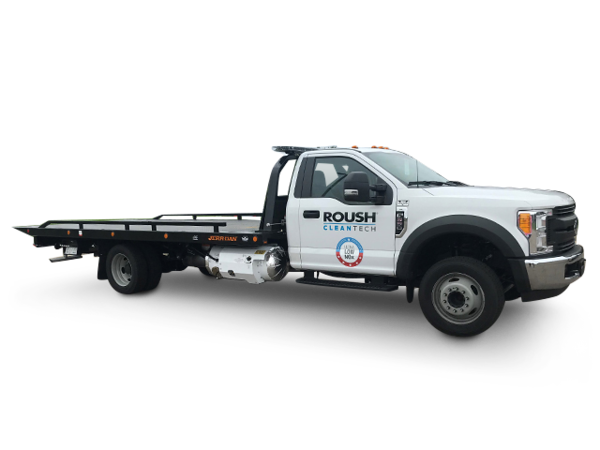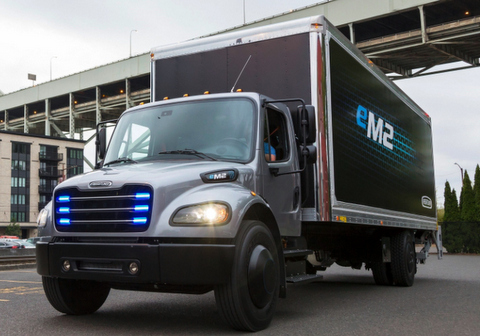Two Technology Paths for Trucks
Propane autogas (the term for propane or liquified petroleum gas when used in vehicle transportation) vehicles have been on the scene for over 100 years. During the past decade, advancements have been made to liquid propane systems. New calibration and catalyst innovations are taking these propane vehicles to near-zero emissions levels, making a strong case for adoption.

Electric vehicles, which also have been around for a century, are perceived as “the future” of vehicle technology, from passenger cars to Class 8 trucks, primarily due to the lack of tailpipe emissions. Since EVs are perceived as new technology, they are appealing for fleet operators who want to meet environmental mandates and reduce operational costs.
These are two solid choices for alternatives to gasoline and diesel. Here are the latest developments:
Emissions. All vehicles produce some kind of emissions. EVs don’t produce direct vehicle tailpipe emissions, although they do produce lifecycle emissions related to energy and battery production, processing, distribution, disposal and usage. Propane autogas vehicles emit substantially less nitrogen oxides and virtually eliminate particulate matter compared to gas and diesel alternatives. Renewable propane is a non-fossil fuel produced from 100 percent renewable raw materials, such as waste, residue and sustainably produced vegetable oils. It can be used as a “drop-in” replacement fuel because it’s chemically nearly identical to conventional propane. Renewable propane can bring tailpipe emission levels to “near zero” as defined by California Air Resources Board.
Fueling. When it comes to fueling, propane autogas vehicles takes minutes and charging EVs takes minutes to hours, depending on the type of charging infrastructure. Class 4-7 propane autogas vehicles can achieve a range of up to 350 miles on a single fueling. Electric work trucks currently have a range of about 120 miles on a single charge.

Maintenance. Both EVs and propane autogas vehicles offer reduced maintenance when compared to conventionally fueled vehicles. Neither type of vehicle requires the costly and complex aftertreatment systems, or timely regeneration that follows, common on diesel vehicles.
Source. According to the U.S. Energy Information Administration, 63 percent of electricity generation comes from fossil fuels. Renewable electric sources are growing and currently make up 17 percent of usage. Propane comes from natural gas processing, and to a smaller degree, oil refining.
Roush in Livonia, Michigan, is investing heavily in both clean fuel technologies. The company recommends that fleet operators look at all commercially available options before making a long-term decision. Solutions such as propane autogas are “shovel ready” and can offer significant emissions and cost reductions today while battery electric vehicles are still under development for the commercial truck segment due to the complexity of truck configurations coupled with range and payload requirements.

3 thoughts on “Tech: The Current State of Propane and Electric Vehicles”